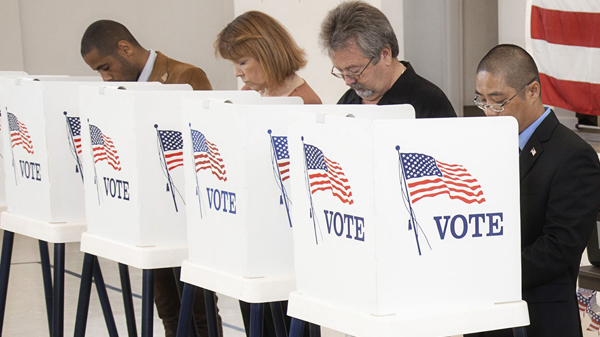If recent elections have taught us anything, it is that accurate polling and election forecasting is extremely difficult.
WHY IT MATTERS—Polling shapes the way elections are covered by the news media, so inaccurate polling can lead to inaccurate coverage.
POLLING SOURCES OF ERROR— Data scientist Sheldon H. Jacobson lays out some of the challenges to getting an accurate representative sample of voters. Of note:
- Inaccurately distinguishing between registered voters, likely voters, and actual voters is the cause of many polling data errors. Polling data often includes information about people who never cast their votes.
- Different polling techniques (cell phone calls, internet contact, landline calls, etc.), each have their own hidden biases. For example, landlines are much more common among older Americans. Thus, their political leanings may be over-represented in the polling sample if the methodology primarily utilizes landline owners in their polling.
- The smaller the poll size, the larger the margin of error. One of the best ways to overcome margin of error is by aggregating polls but that introduces other challenges.
BOTTOM LINE— Polls will never be infallible but they remain a useful tool to project and predict general voter opinions.
GO DEEPER—Click here to read

